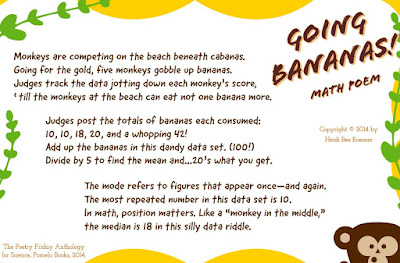Recently I have learned -- through Mo-Math (National Museum of Mathematics) -- of the of the Steven H. Strogatz Prize -- recognizing high school students for outstanding math communication projects. Winners for the 2021 Contest were announced yesterday -- and information about upcoming contests is available here.
This year's Strogatz winner in the Writing category was a poem by Julia Schanen, entitled "Math Person." Below I offer Schanen's opening lines -- and the sample is followed by a link to the full text of her poem -- of mathematics and of the painful isolation that a 10th grade math girl often feels.

















